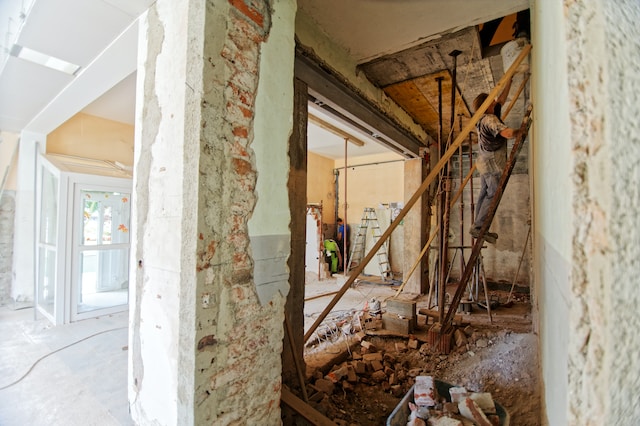A gaping crater in China is a botanical delight. It has developed a beautiful lush green self-contained ecosystem.
This 317 yard (290 meter) deep crater is situated in a mountainous part of Central China’s Hubei province. The South China region is the best example of humid tropical to subtropical Karst landscapes.
The term “Karst” refers to a landscape that is formed from the dissolution of soluble rocks like limestone, dolomite, and gypsum. Karst landscapes are heavily laden with the sinkholes, caves, and underground drainage systems.
Though this sinkhole was discovered many decades ago, due to its location, it is still unexplored and untouched by man. So far only a handful of explorers have been able to reach its depths.
Rain and sunlight enters this crater through a lone opening. The humid and oxygen-rich landscape is ideal for plant life that thrives in the sinkhole. A large number of flower and plant species have sprung up on the thick green sinkhole base. It also provides an amazing venue to the hundreds of swallows that have nested along the edge of the sinkhole.






